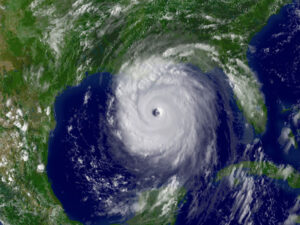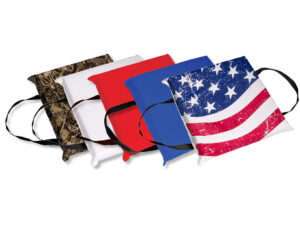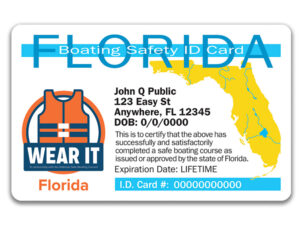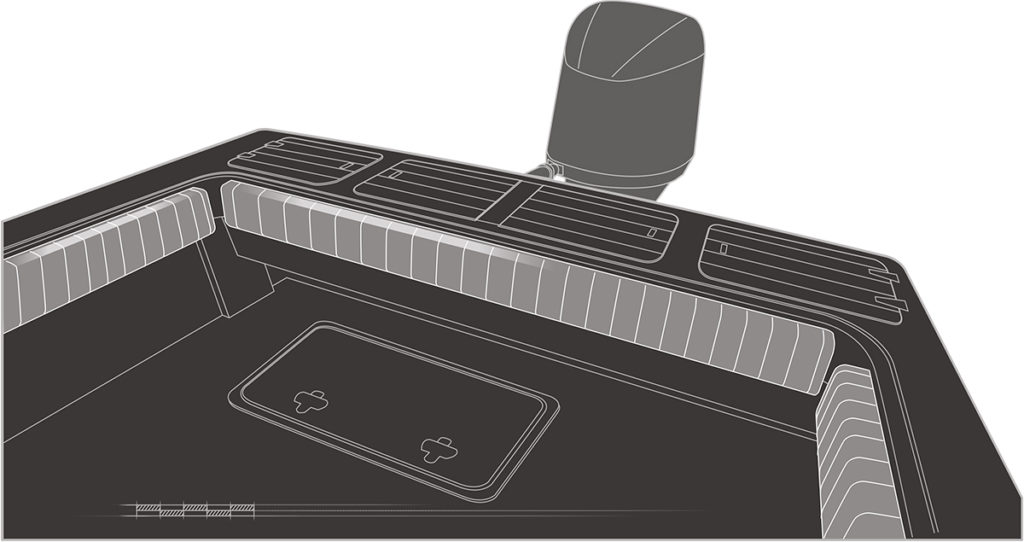
Today, most new saltwater fishing boats come equipped with padded coaming bolsters in the aft cockpit and elsewhere to cushion your legs when you’re leaning against the gunwales or transom. Yet a number of older boats and a few current models lack such amenities. If you’re tired of bruising your legs on bare gunwales, think about adding a set.
Most coaming bolsters consist of a backing board fashioned from marine plywood or King StarLite XL. Marine-grade mildew-resistant foam, a moisture barrier and a marine-vinyl cover form the pad. Unless you possess a high level of skill with a heavy-duty sewing machine, hire out the job of building your coaming bolsters to a custom marine-upholstery shop. Expect to pay anywhere from $800 to $1,200 for a pair of coaming bolsters measuring around 8 feet long and 6 inches wide with 3 inches of foam.
Your input is critical when it comes to specifying the size and the color(s) that tie into your existing upholstery, as well as the manner in which you plan to install the coaming bolsters. All of these factors will govern how the shop proceeds with the project.
Getting Started
Skill Level: 3/5
Time to Complete: 1 Hour (approximately; per pad installation)
Tools and Supplies
* Tape measure
* Electric drill and drill bits
* Vinyl awning track ($8.50 per 4-foot section; sailrite.com)
* ¼-inch Nyloc nuts and fender washers (for securing studs)
* Self-tapping stainless-steel no. 8 screws (for securing vinyl awning track)
* Box/open-end wrench set
* Phillips screwdriver
* Marine sealant (for bedding the vinyl awning track)
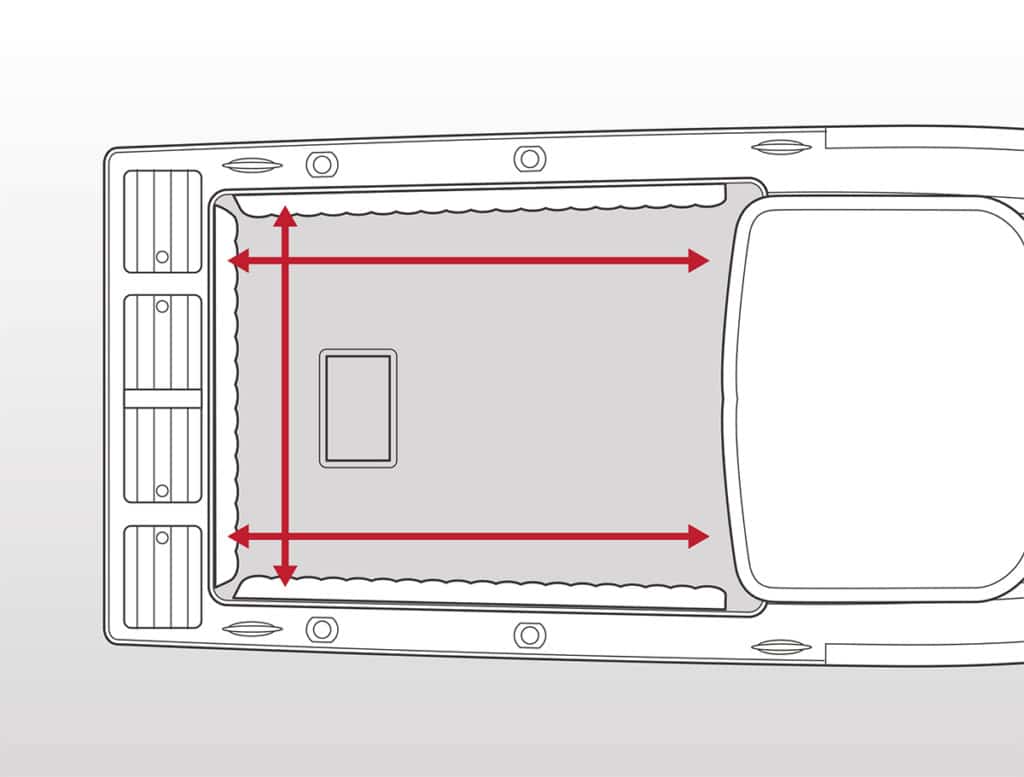
1. Measure Carefully
Tape out the length and width needed to cover the area you have in mind. Most pads are 6 to 8 inches tall. If in doubt, have the upholsterer climb aboard to measure for you. Don’t skimp on foam. Insist on thick marine-grade foam. Where two coaming pads meet in a stern quarter, ask the shop to finish the ends at complementary angles (mitered, so to speak). Make sure that the shop uses a mildew- and UV-resistant sewing thread, like Gore Tenara, for durable seams.
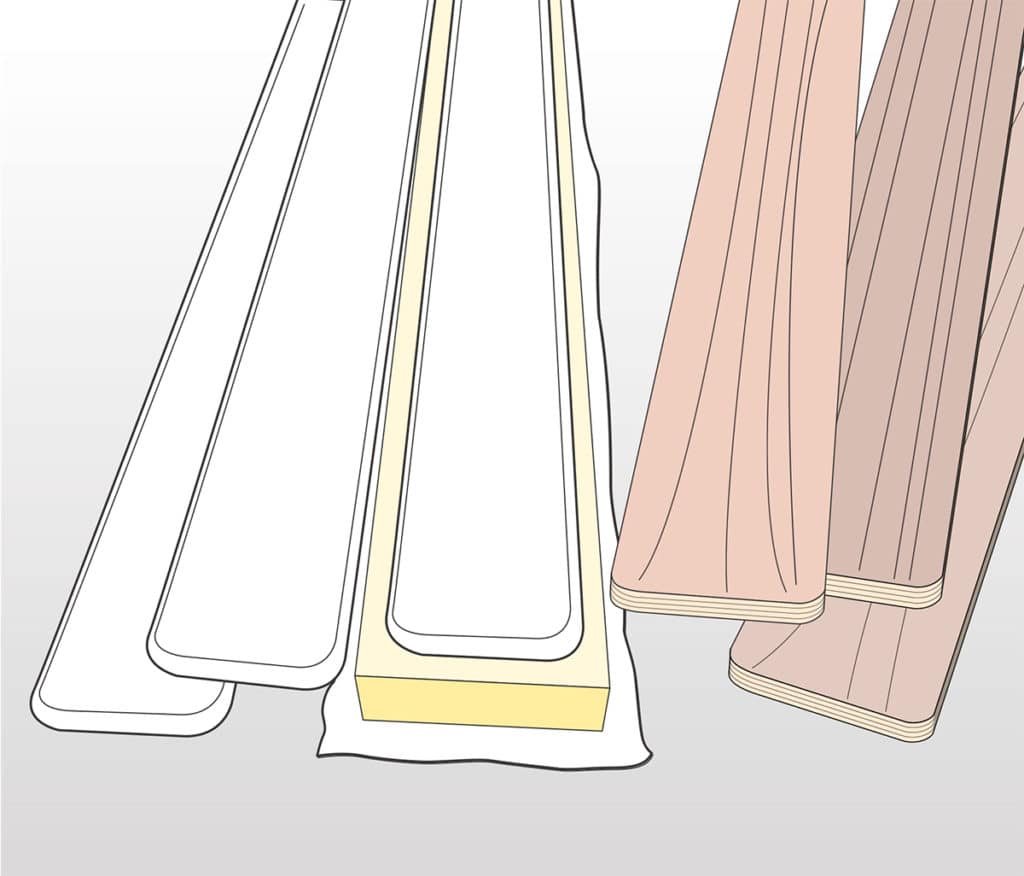
2. Wood vs. Starlite
Backing boards for coaming bolsters range from ½ to ¾ inch thick, and there are two basic choices of material: marine plywood (about $135 for a 4-by-8-foot ½-inch-thick sheet) or King StarLite XL (about $250 for the same size). King StarLite XL is more flexible, so it forms well to curving inwales. You can reuse StarLite backing boards several times when replacing coaming bolsters, whereas plywood might last through only one or two sets. A good marine upholsterer will fashion the backing boards as part of the job.
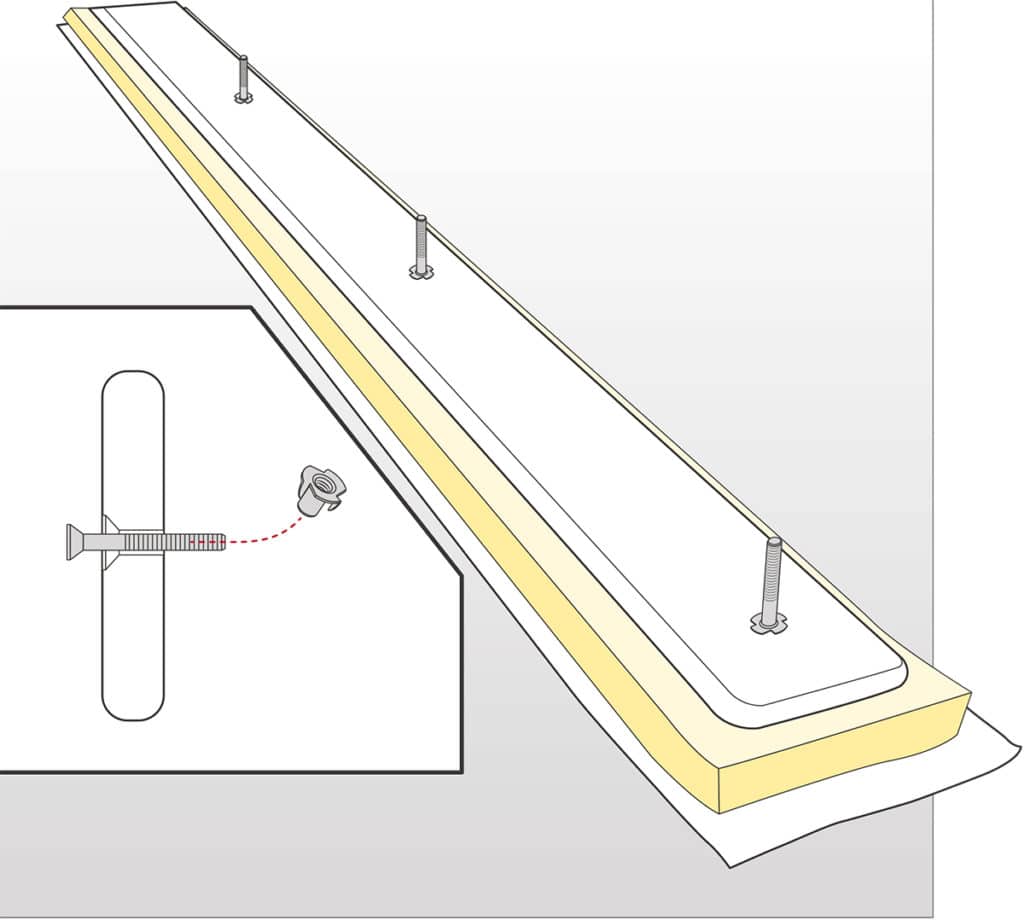
3. Install With Studs
If there’s access behind the inwales or transom, adding ¼-inch studs every 18 to 24 inches to the backside of the coaming bolsters represents a robust installation method. Studs must be added before upholstery work begins because the bolts are driven in from the front through a T-nut on the back of the board to keep the studs tight. Fender washers under the heads of bolts keep them from pulling through. Once the coaming bolster is complete, through-bolt it in position with ¼-inch Nyloc nuts and fender washers.
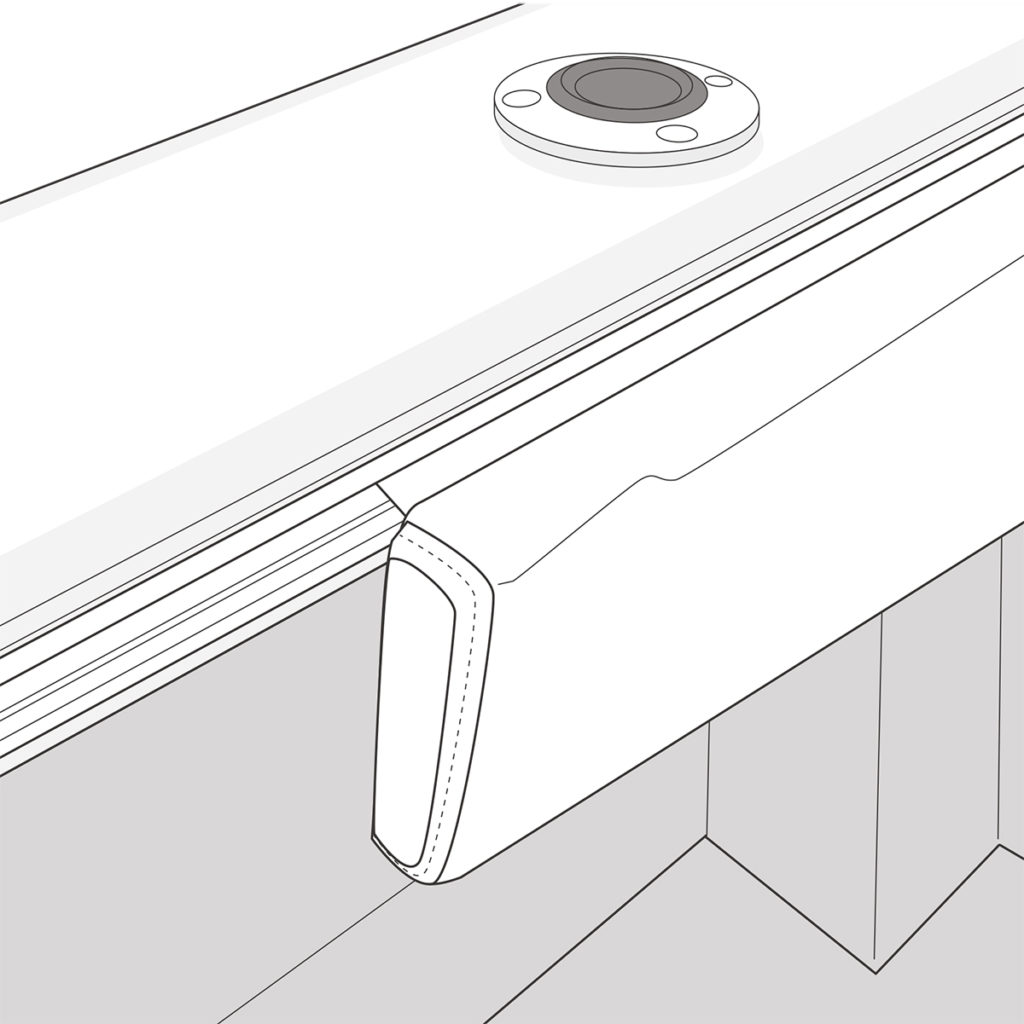
4. Vinyl Tracking
Some boats lack access behind the inwales. The obvious examples are models from Boston Whaler or Triumph with enclosed, foam-filled construction. Vinyl awning track is a common solution. Installed near the top of the inwale, it lets you slide a keder welt (awning rope) into the track. If this is what you choose, work with the upholstery shop to ensure that they sew in a heavy-duty keder welt. Adding a welt at the bottom of the bolster lets you use a second track below the bolster for a more secure installation.
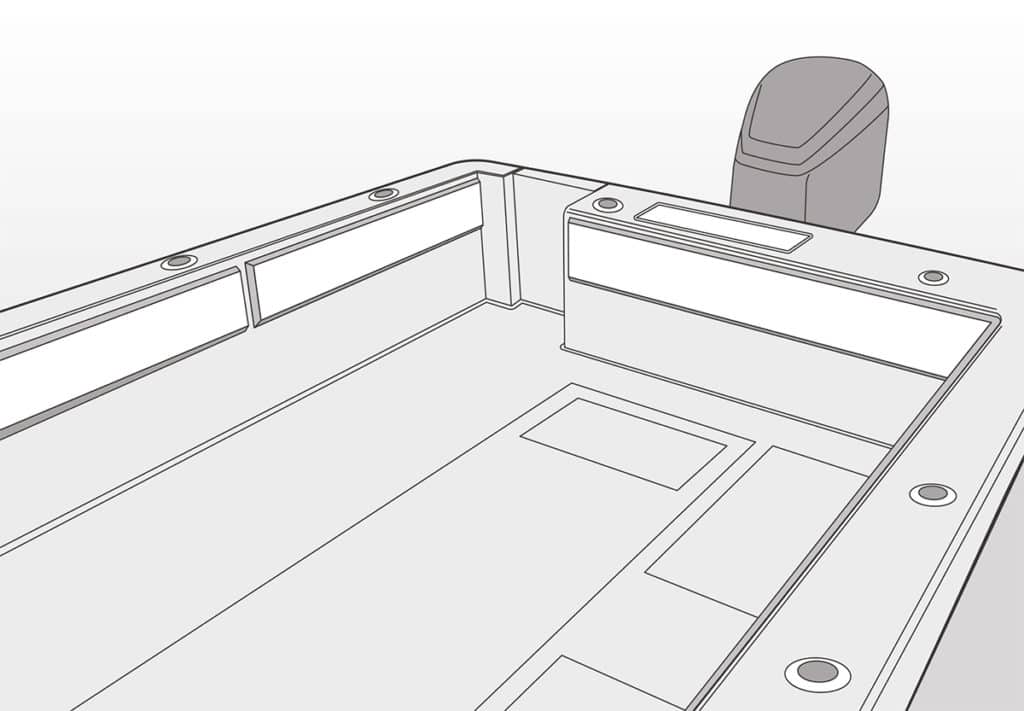
5. SeaDek Alternative
SeaDek offers an alternative to upholstered coaming bolsters. Made from the same EVA closed-cell foam used for nonskid decking, the pads can be ordered in custom sizes and colors. SeaDek coaming bolsters, for example, are available in lengths up to 75 inches and widths to 18 inches with a ¾-inch thickness. The pads attach with a super-strong peel-and-stick adhesive. A minimum order for custom work is $159.99. To learn more, visit boatingmag.com/seadek-coaming-bolster-pads-installation.
Quick Tip: Adhesive, heavy-duty hook-and-loop (aka Velcro) fasteners between the gunwale and coaming bolsters keep the pads (installed with a single vinyl track) from flopping about in heavy seas.

